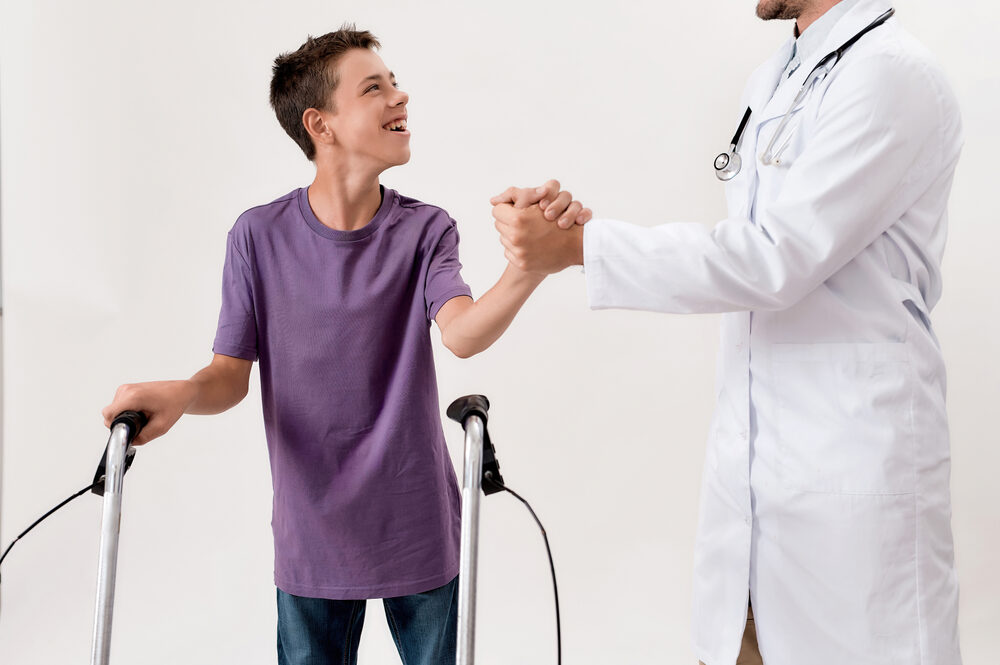
Having a baby should be an exciting and joyful time, but when a birth injury causes cerebral palsy (CP), the lives of the child and parents are forever changed. The costs and emotional impact of caring for a child with the condition can be overwhelming and affect families in ways they could never have anticipated.
Unfortunately, in some cases, cerebral palsy is a type of birth injury that could have been prevented; it’s one of the more serious results of medical negligence during childbirth. The Washington, DC birth injury attorneys at Paulson & Nace, have seen firsthand the depth of struggles and strain on families with children who were injured due to the negligence of doctors and nurses.
While some experience mild symptoms, others with cerebral palsy require extensive care as they face a lifetime of difficulties walking, eating, speaking, seeing, and/or hearing. However, a recent study of adolescents with CP has sparked new hope among the medical community and those affected by the condition.
Research results released by the Children’s Hospital Los Angeles (CHLA) showed that a surgery typically performed on 7- to 10-year-olds with CP that improves walking ability could help older children. It was thought that those over 10 wouldn’t benefit from single-event multilevel surgery (SEMLS) in the same way, but new research has shown otherwise. In fact, older children and teens experienced gait improvements similar to the younger demographic.
The CHLA study results that found surgery could improve the ability to walk in kids of all ages with CP was presented at the annual conference of the Gait and Clinical Movement Analysis Society in Atlanta on June 17. Previously, doctors believed that older children would not see the same improvements because their gait and walking patterns were more established, making it difficult to alter the older they got. While the research is preliminary, the study may prove to be life-changing for older children and adolescents with cerebral palsy.
SEMLS Improves Gait Function and Quality in Older Kids with CP
Single-event multilevel surgery can help in many ways, such as improving or maintaining a child’s walking abilities, enhancing their mobility skills, reducing the risk of pain as they grow, and preserving joint mobility. Overall, the goal of SEMLS in children with CP is to correct musculoskeletal issues that affect their gait.
The retrospective study by CHLA on the effects of SEMLS in older kids involved 126 youths with cerebral palsy. It took place in the John C. Wilson Jr. Motion and Sports Analysis Lab at CHLA, and patients were seen between 2011 and 2023.
Children and youth were divided into two age groups – under 13, and 13 to 21. A minimum of two gait analyses were completed on each patient, at least one before and one after SEMLS. These analyses were compared to determine the level of improvement in gait quality and function among older children with cerebral palsy.
Gait quality was measured with the gait deviation index (GDI), while gait function was measured with the functional mobility scale (FMS). The purpose of GDI is to compare the gait of a patient with a condition that affects movement to a typically developing individual. FMS examines how someone walks during distances encountered in everyday life, including at home, in the community, or at school.
Researchers found both groups of children and youth with CP had similar gains in GDI, specifically, 6.1 for children under 13 years of age, and 6.4 for the 13 to 21-year-olds. The results also showed stable or improved FMS scores in 80% to 90% of participants in both groups.
It’s important to note that while the results showed similar improvements in older children with CP who underwent SEMLS, doctors at the hospital have said they’d still prefer to do the surgery when the patient is 7 to 10 years old. Given so many youth with cerebral palsy aren’t seen by these types of specialists until they’re older than 10, the possibility of surgery improving gait function and quality in an older age group is promising.
Treating and managing CP through surgeries like SEMLS is expensive and can cause significant financial struggles for families. If your child was diagnosed with cerebral palsy, a birth injury lawyer can help families protect injured children by determining if medical negligence occurred, and if so, get them compensation for the lifetime of care and support their child will need.
Causes of Cerebral Palsy
There is no cure for cerebral palsy, and symptoms range from mild to severe. The condition is the result of brain damage, which could occur in several ways, from undiagnosed brain infections and meningitis to premature birth and in-utero genetic changes. The most common symptoms of cerebral palsy include spasticity (stiff muscles and exaggerated reflexes), stiff or floppy muscle tone, ataxia (lack of muscle control and coordination), and abnormal walking gait.
While some factors cannot prevent the condition, sometimes birth injuries cause cerebral palsy. Examples of medical negligence that can cause cerebral palsy before, during, or after birth:
- Errors with forceps or vacuum extractors
- Oxygen deprivation (during labor, or from umbilical cords)
- Failing to properly monitor a fetus
- Untreated skull fractures
- C-section errors
- Failing to provide adequate care after birth
Medical professionals like doctors and nurses involved in labor and delivery are required to meet a standard of care. Babies and mothers must be monitored during pregnancy and throughout childbirth. Failure to diagnose infections or illnesses, use medical instruments at the right time and in the right way, and react to changes that put the health of the baby or mother at risk can have devastating effects. When someone on your medical team fails to provide the standard of care – they don’t act how other professionals in a similar or the same situation would act – it’s considered medical negligence.
Diagnosing cerebral palsy through a movements assessment and MRI results may occur when a child is as young as three months old, but the full impact and symptoms can take several years to understand. To treat CP, a combination of medications, physical and speech therapy, surgeries, and alternative treatments may be used. It’s costly, emotionally and mentally exhausting, and impacts entire families.
How a Birth Injury Lawyer Can Help Your Child with Cerebral Palsy
Caring for a child with the condition is time-consuming and costly, and it’s not easy to look to the future without feeling overwhelmed and uncertain. There are so many unknowns, and if a birth injury caused your child to develop cerebral palsy, you may be angry and wonder if medical malpractice led to what happened. After all, around 50% of birth injuries are preventable. This is why it’s important to speak with an experienced attorney to determine whether you may take legal action.
The DC birth injury lawyers at Paulson & Nace have helped families with children with CP recover crucial compensation for a birth injury caused by medical negligence. A lawsuit can help pay for the numerous treatments, appointments, surgeries, care, aides, and other supports you and your child will need throughout your lives. Birth injury cases are complex, but our team has been handling them for decades, and has the experience needed to ensure your family doesn’t suffer financially, now and in the future.
Your child deserves the best treatments and the opportunity to live the best life possible – and you deserve to live and care for your child without the stress of wondering how you’ll pay for their care while supporting your family. If you know or suspect a birth injury caused your child’s cerebral palsy, contact us online or at 202-463-1999 for a free consultation.
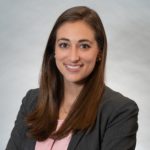
Samantha L. Peters focuses her practice in the areas of medical malpractice, personal injury, wrongful death, and other negligence claims.


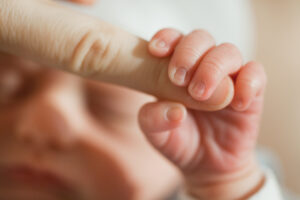
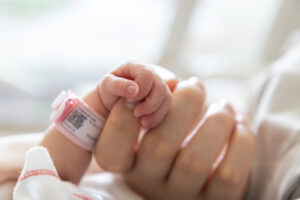
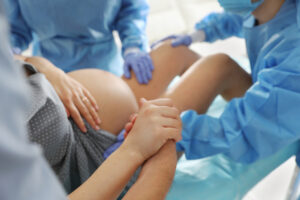

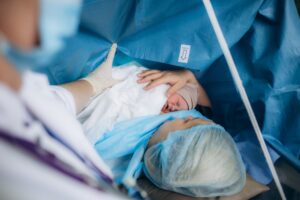
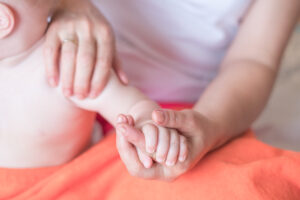





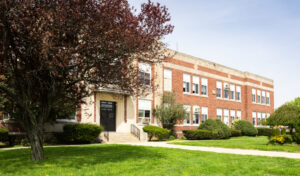
Comments for this article are closed.